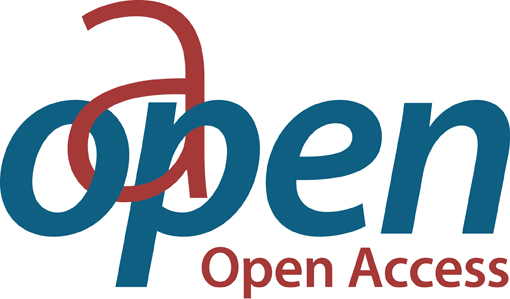New Industrial Urbanism
Proposal review
Designing Places for Production
| dc.contributor.author | Hatuka, Tali | |
| dc.contributor.author | Ben-Joseph, Eran | |
| dc.date.accessioned | 2022-07-22T12:07:51Z | |
| dc.date.available | 2022-07-22T12:07:51Z | |
| dc.date.issued | 2022 | |
| dc.identifier | ONIX_20220722_9781000541496_29 | |
| dc.identifier | ONIX_20220722_9781000541496_29 | |
| dc.identifier | OCN: 1269507110 | |
| dc.identifier.uri | https://library.oapen.org/handle/20.500.12657/57597 | |
| dc.description.abstract | Since the Industrial Revolution, cities and industry have grown together; towns and metropolitan regions have evolved around factories and expanding industries. New Industrial Urbanism explores the evolving and future relationships between cities and places of production, focusing on the spatial implications and physical design of integrating contemporary manufacturing into the city. The book examines recent developments that have led to dramatic shifts in the manufacturing sector – from large-scale mass production methods to small-scale distributed systems; from polluting and consumptive production methods to a cleaner and more sustainable process; from broad demand for unskilled labor to a growing need for a more educated and specialized workforce – to show how cities see new investment and increased employment opportunities. Looking ahead to the quest to make cities more competitive and resilient, New Industrial Urbanism provides lessons from cases around the world and suggests adopting New Industrial Urbanism as an action framework that reconnects what has been separated: people, places, and production. Moving the conversation beyond the reflexively-negative characterizations of industry, more than two centuries after the start of the Industrial Revolution, this book calls to re-consider the ways in which industry creates places, sustains jobs, and supports environmental sustainability in our cities. This book is available as Open Acess through https://www.taylorfrancis.com/. | |
| dc.language | English | |
| dc.subject.classification | thema EDItEUR::A The Arts::AM Architecture::AMG Architecture: public, commercial and industrial buildings | en_US |
| dc.subject.classification | thema EDItEUR::R Earth Sciences, Geography, Environment, Planning::RP Regional and area planning::RPC Urban and municipal planning and policy | en_US |
| dc.subject.classification | thema EDItEUR::A The Arts::AM Architecture::AMV Landscape architecture and design::AMVD City and town planning: architectural aspects | en_US |
| dc.subject.classification | thema EDItEUR::A The Arts::AM Architecture::AMC Architectural structure and design | en_US |
| dc.subject.classification | thema EDItEUR::J Society and Social Sciences::JB Society and culture: general::JBS Social groups, communities and identities::JBSD Urban communities | en_US |
| dc.subject.other | Architecture: public buildings | |
| dc.subject.other | Urban and municipal planning | |
| dc.subject.other | City and town planning: architectural aspects | |
| dc.subject.other | Architectural structure and design | |
| dc.subject.other | Urban communities | |
| dc.title | New Industrial Urbanism | |
| dc.title.alternative | Designing Places for Production | |
| dc.type | book | |
| oapen.identifier.doi | 10.4324/9780367855000 | |
| oapen.relation.isPublishedBy | 7b3c7b10-5b1e-40b3-860e-c6dd5197f0bb | |
| oapen.relation.isFundedBy | Tel Aviv University | |
| oapen.relation.isbn | 9781000541496 | |
| oapen.relation.isbn | 9780367855000 | |
| oapen.relation.isbn | 9780367427726 | |
| oapen.relation.isbn | 9780367427719 | |
| oapen.imprint | Routledge | |
| oapen.pages | 270 | |
| peerreview.anonymity | Single-anonymised | |
| peerreview.id | bc80075c-96cc-4740-a9f3-a234bc2598f1 | |
| peerreview.open.review | No | |
| peerreview.publish.responsibility | Publisher | |
| peerreview.review.stage | Pre-publication | |
| peerreview.review.type | Proposal | |
| peerreview.reviewer.type | Internal editor | |
| peerreview.reviewer.type | External peer reviewer | |
| peerreview.title | Proposal review | |
| oapen.review.comments | Taylor & Francis open access titles are reviewed as a minimum at proposal stage by at least two external peer reviewers and an internal editor (additional reviews may be sought and additional content reviewed as required). |

